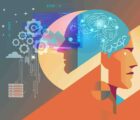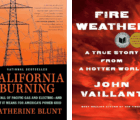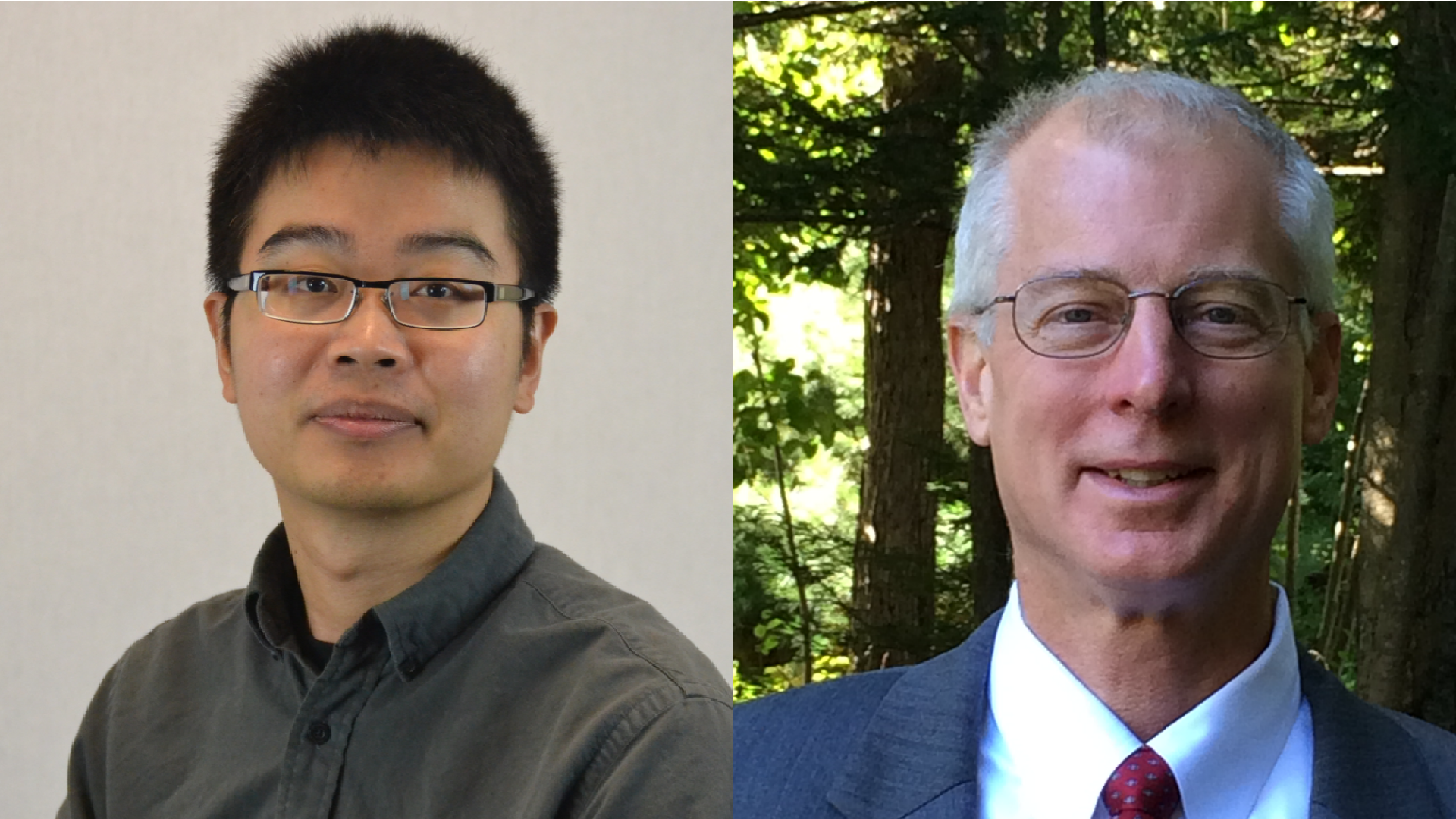The CAS Reserves Working Group recently sponsored its annual call for papers. The goal of the program is to facilitate the publication of practical and accessible papers on reserving topics. Over the past few months, members of the Reserves Working Group reviewed drafts, provided feedback and assisted authors as they worked toward producing a final paper for publication. Six strong papers that cover a range of topics will appear on the E-Forum microsite.
Below is a brief summary of each paper.
“Making Bootstrap Reserve Ranges More Realistic” by David R. Clark, FCAS; Hang Ding; and Lianmin Zhou, FCAS, Ph.D.
Back testing suggests that bootstrapping approaches lead to reserve ranges that may be too narrow. To improve the current methods, Clark, Ding and Zhou relax England and Verrall’s assumption that each cell in the incremental development triangle is independent by introducing a correlation structure in the resampling of the bootstrap. Back testing with Schedule P data suggests that this approach yields reserve ranges that are more reasonable.
“Ultimate Loss Reserve Forecasting Using Bidirectional LSTMs” by Lahiru H. Somaratne
Somaratne explores the application of machine learning to the estimation of ultimate losses using long short-term memory (LSTM), a form of deep learning that finds patterns in temporal data. The author compares results using LSTM and the chain ladder method, with illustrations and examples to make this paper useful to actuaries who want to understand machine learning and how it can be applied to reserving.
“Quantifying Reserve Risk Based on Volatility in Triangles of Estimated Ultimate Losses” by Yu Shi “Andy” Feng, FCAS and Ira Robbin, Ph.D., ACAS
Building on work performed by Rehman, Klugman and Seigenthaler, the authors measure reserve volatility using triangles of estimated ultimate losses instead of paid or incurred loss data; changes in estimated ultimates from evaluation to evaluation give insight into reserve variability. Feng and Robbin present formulas for one-year and ultimate reserve risk while also comparing reserve variability estimated under the Feng-Robbin approach to reserve variability under existing methodologies. An Excel workbook is provided to help readers put the paper to practical use.
“A Behavioral Approach to Understanding Loss Reserves” by Uri Korn, FCAS
Korn uses Schedule P data to perform an empirical study of how insurers set and update loss reserves. He develops a unique “R” parameter to measure the weight given to emerging experience. His work shows that booked reserves are slow to react to loss information. Korn uses behavioral economic theory to explore this phenomenon.
“Unifying Triangle-Based Actuarial Reserving Methods” by Rajesh Sahasrabuddhe, FCAS
Sahasrabuddhe shows how to express common triangle-based reserving methods as univariate linear models. He then introduces a multivariate linear model in which the actuary can choose from a variety of predictors. This multivariate model represents a combination of triangle-based methods. By combining predictors in a linear model instead of blending method results using judgment, the actuary can combine methods in a statistically rigorous way. The author provides R code that makes his paper amenable to implementation.
“The LaPlace Transform as Stochastic Present Value” by James Ely, FCAS
The LaPlace transform can be described as a method of finding the cyclical patterns around an exponential trend. Ely shows that the actuary can use the LaPlace transform to model stochastic cash flows and discount those cash flows with a stochastic discount rate. His use of LaPlace transforms to study insurance and economic cycles within the P&C space is new and innovative.
The CAS Reserves Working Group encourages participation in its next call paper program. Authors of accepted papers are eligible for prize money and may be invited to present their work at the CLRS. Look for more information on the CAS website.
Julie Lederer, FCAS, MAAA, is a property & casualty actuary for the Missouri Department of Commerce and Insurance. She is a long-time AR Working Group member and was recently elected to the CAS Board of Directors













